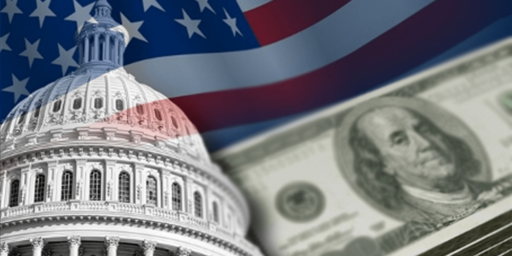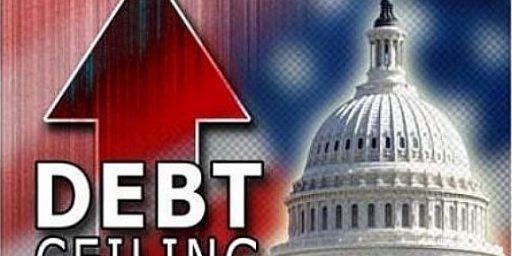DEFICIT SCHMEFICIT
Jerry at Dean’s World links a column by Daniel Gross on why the deficit really doesn’t matter:
When you take out a mortgage, it’s not necessarily the amount you borrow that matters. Rather, the interest rate dictates how easily you can handle the loan. It costs about the same to repay the interest and principal of a $700,000 loan at 8 percent over 30 years as it does to pay back an $850,000 loan at 6 percent over the same time period.
The same holds for the national debt, although on a much bigger scale. The national debt has exploded over the years. But since the late 1990s, interest payments as a percentage of federal outlays have declined rapidly. In fiscal 1997, the first year of surplus, interest on the public debt consumed $355 billion, or 22.1 percent of federal outlays. Last year, interest costs fell to $332 billion (roughly the 1995 total), amounting to only 16.5 percent of total layouts. (This chart shows interest expense on a monthly basis for the past year and for every year since 1990.)
Interesting. Of course, the expense would go down even more without the deficits….






Funny coincidence today. So glad to know that deficits don’t matter. 🙂
Oh, and now this
The deficit definitely matters.
—